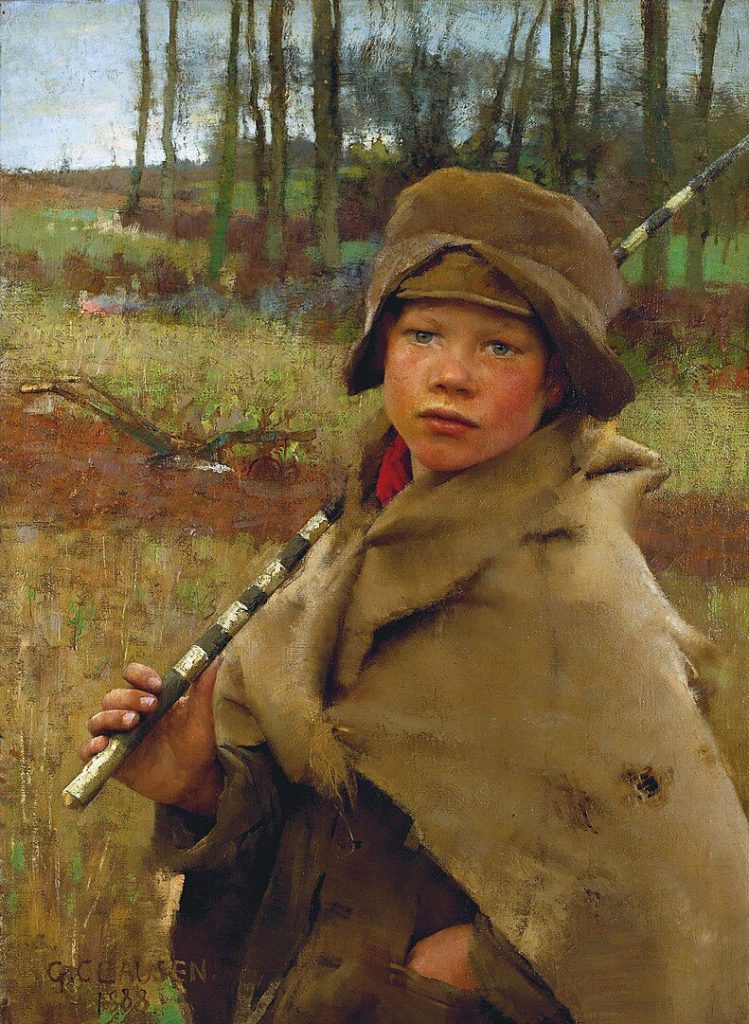
Sir George Clausen (1852-1944) was a pivotal figure in British art, bridging the gap between the traditional academic style and the burgeoning Impressionist movement that swept through Europe in the late 19th and early 20th centuries.
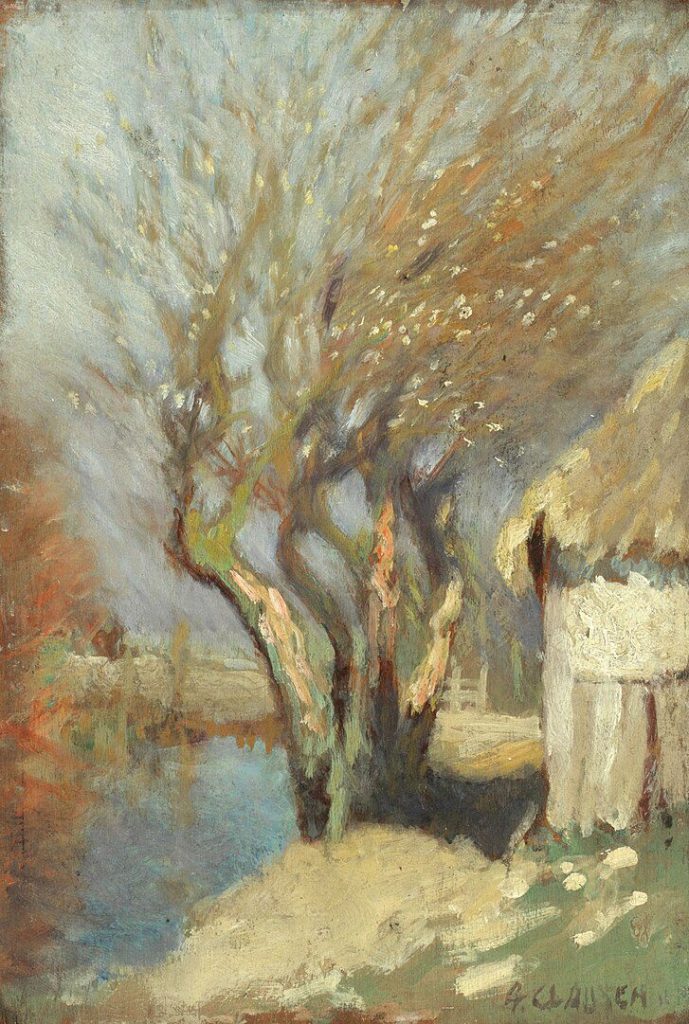
Born on April 18, 1852, in London, England, Clausen was the son of a decorative artist of Danish descent. This heritage, coupled with the rich cultural milieu of Victorian London, provided Clausen with a diverse artistic foundation from which his unique style would emerge.

Clausen’s early education in art began with his apprenticeship to a decorative painting firm, which exposed him to the practical aspects of art and design. However, it was his formal studies at the Royal Academy Schools, starting in 1873, that truly honed his skills and introduced him to the academic principles of painting. Despite this traditional training, Clausen’s work soon began to reflect the influence of the French Impressionists, whose emphasis on light and color, as well as their more relaxed, spontaneous approach to painting, deeply resonated with him.
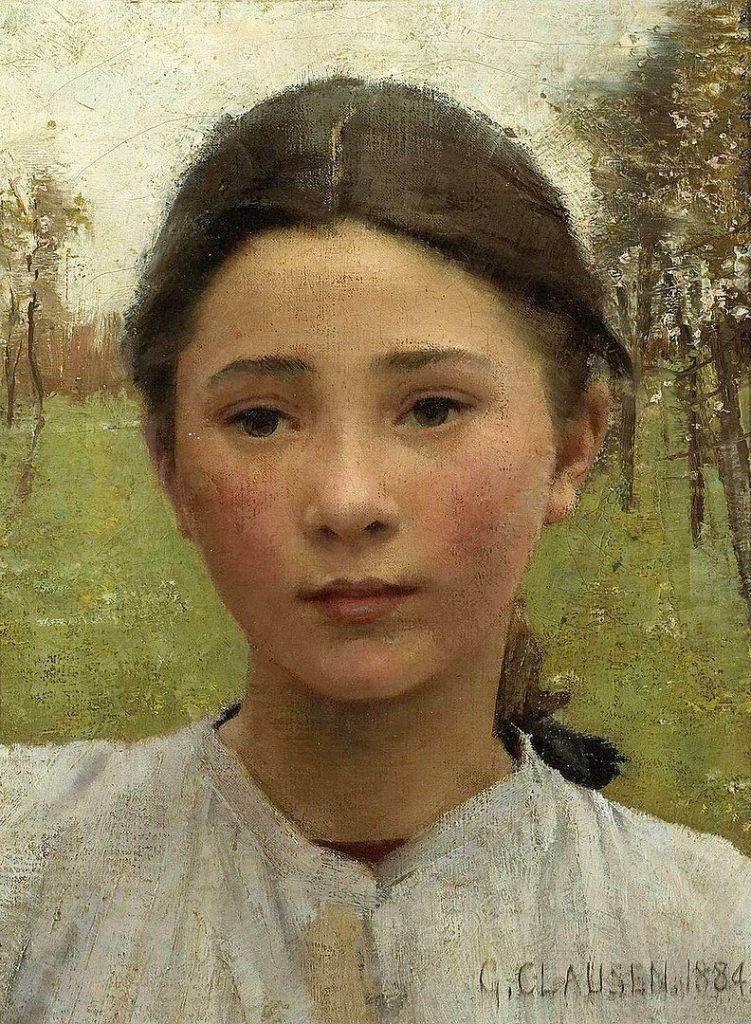
Throughout the 1880s and 1890s, Clausen became increasingly involved with the Newlyn School, a group of artists based in Cornwall who were committed to painting en plein air (outdoors) and focusing on the lives of the local rural community. Though not a member of the group, Clausen shared their interest in capturing the realities of rural life, and his paintings from this period are marked by a profound empathy for his subjects, as well as a keen observation of the effects of light and atmosphere on the landscape.
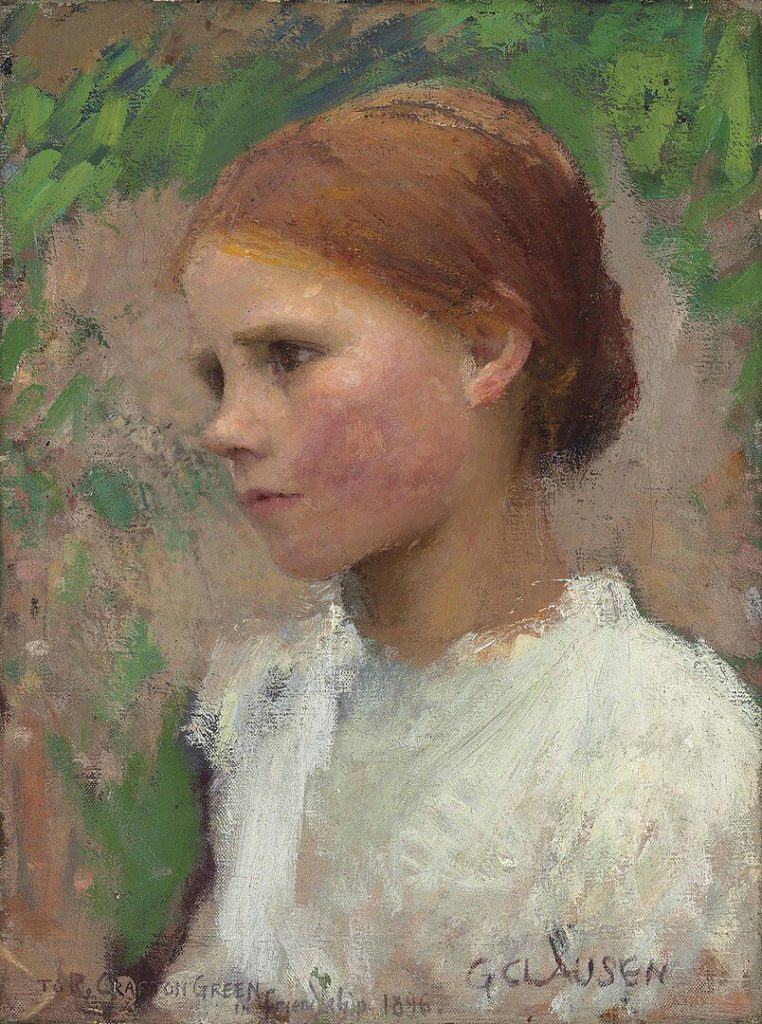
Clausen’s commitment to depicting the British countryside and its inhabitants was paralleled by his academic achievements. In 1895, he was elected an Associate of the Royal Academy, and by 1906, he had become a full Academician, a testament to his peers’ recognition of his contributions to British art.
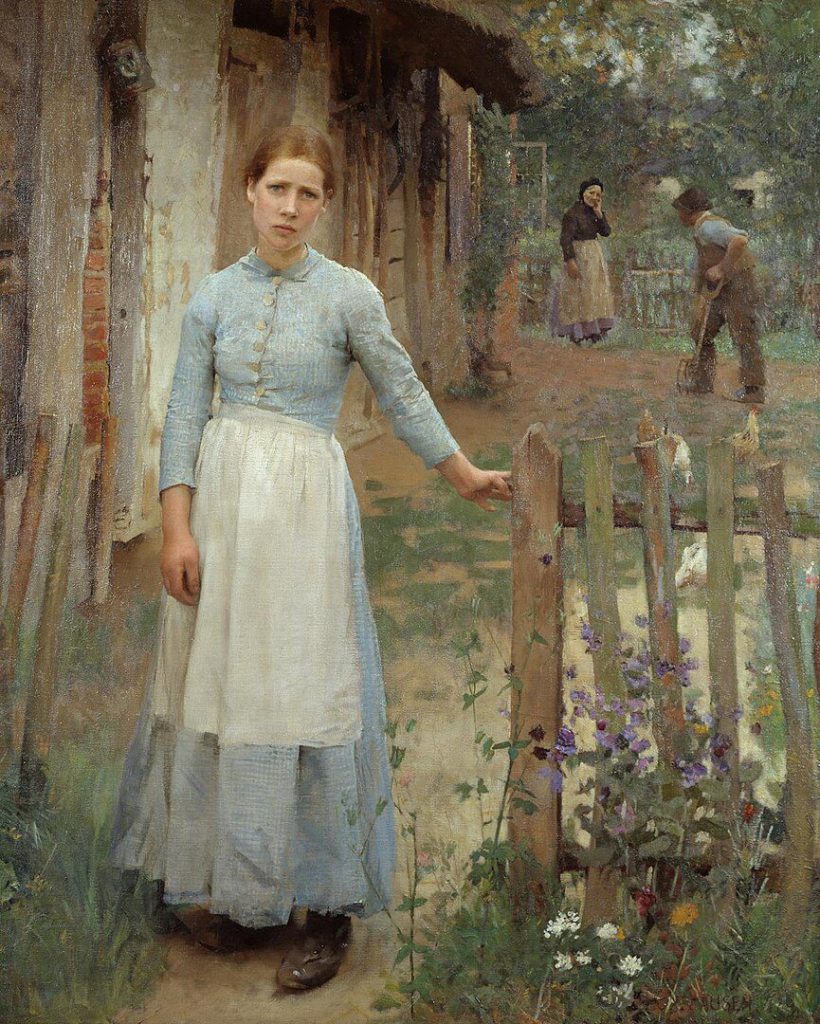
His role as a professor of painting at the Royal Academy Schools from 1904 to 1906 and again from 1917 to 1927 allowed him to influence a new generation of artists, imparting on them the importance of combining technical skill with a personal, emotional response to the subject matter.
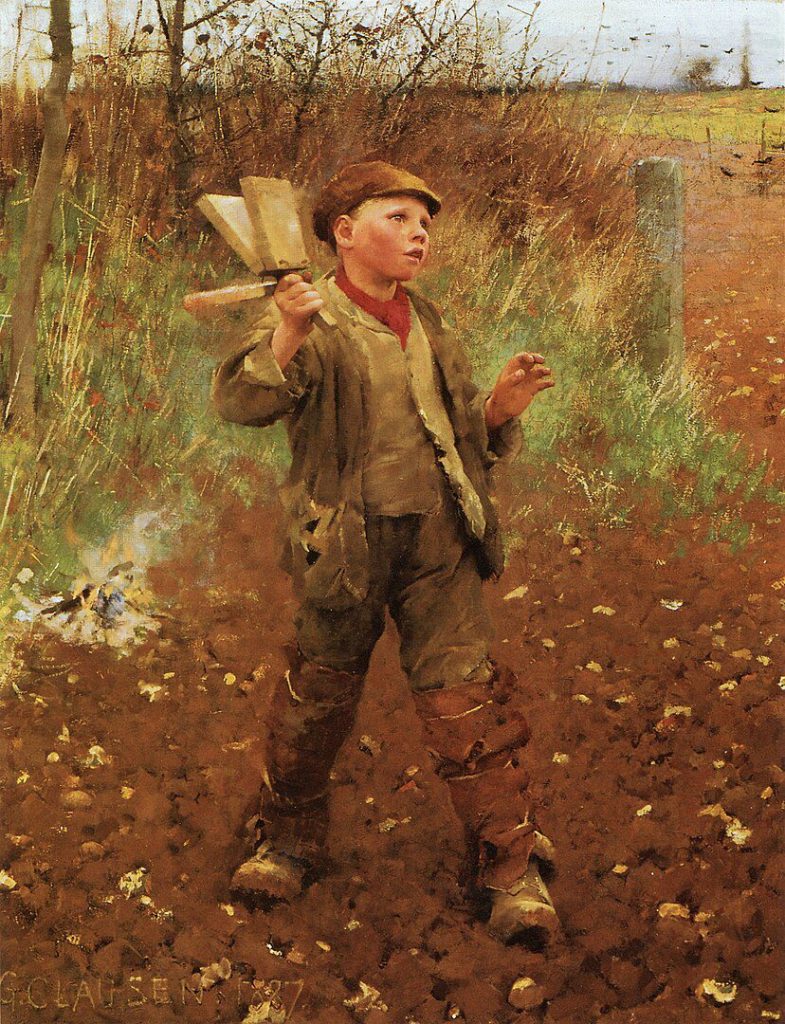
During World War I, Clausen’s work took on a new dimension as he was appointed an official war artist. His paintings from this period, such as “Youth Mourning” (1916), reflect the profound impact of the war on British society and the countryside he so loved. These works are characterized by a more somber palette and a focus on the theme of loss and mourning, showcasing his ability to adapt his style to convey the gravity of the times.
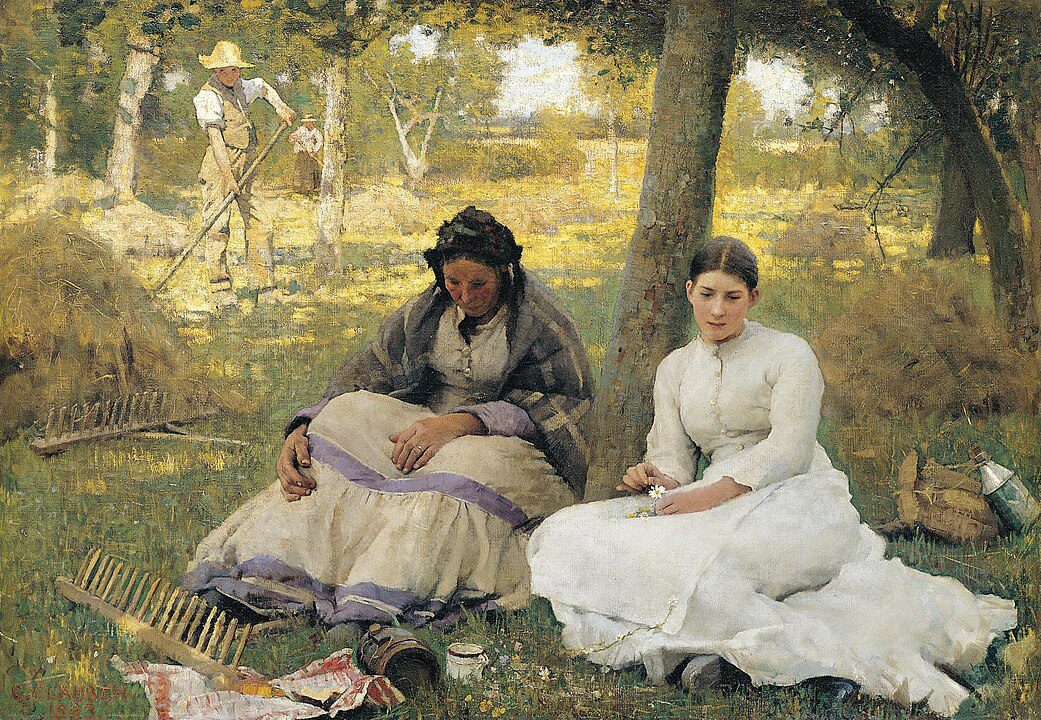
Clausen’s post-war work returned to the themes of rural life, but with a deeper, more introspective quality. His mastery of light and atmosphere reached new heights, as seen in works like “The Ploughman” (1920) and “Morning in November” (1922), which combine a meticulous observation of nature with a sense of the universal, timeless aspects of the human condition.
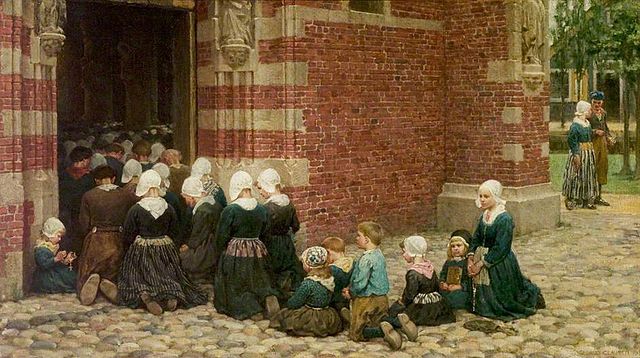
Sir George Clausen passed away on November 22, 1944, in Cold Ash, Berkshire. His legacy is that of an artist who was deeply connected to the landscape and people of Britain, yet open to the influences of international art movements. Clausen’s work represents a bridge between the Victorian era and the modern age, embodying the transition from the academic to the impressionist.
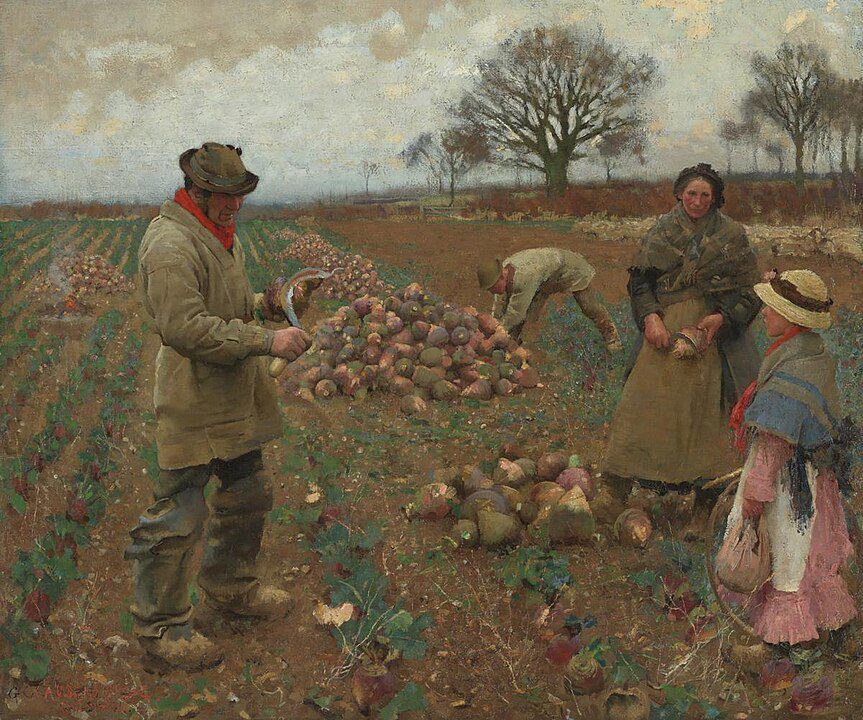
His paintings, with their focus on the beauty of the everyday and the transient effects of light, continue to be celebrated for their contribution to the development of British Impressionism and for their enduring appeal to audiences who appreciate the subtle interplay of light, color, and form in capturing the essence of the natural world.




